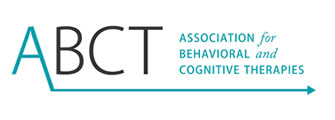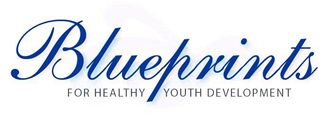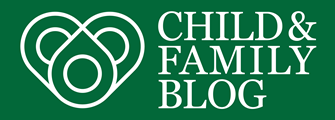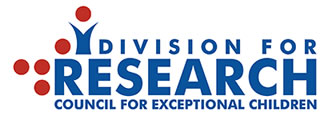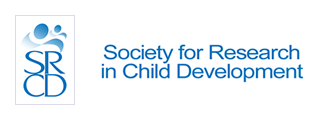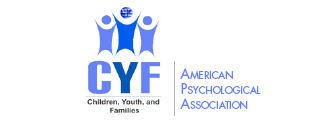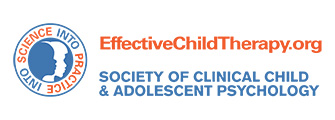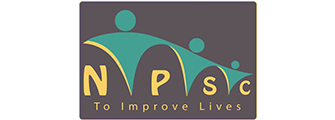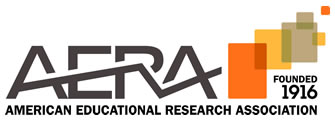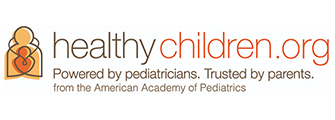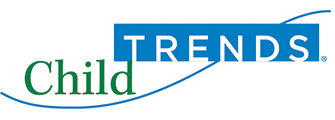
You may not have known many children with food allergy a generation ago, but today as many as 5 million American children have a food allergy, which translates to about 2 children in every elementary school classroom! There are 9 foods responsible for the majority of food allergies: peanut, tree nut (almond, pistachio, cashew, walnut, hazelnut, and other nuts), cow’s milk, egg, wheat, soy, shellfish, fish, and sesame. Managing food allergies is different than managing food sensitivities, such as lactose intolerance or gluten sensitivity, as the symptoms of food allergy and food sensitivities are very different.
A child may develop a food allergy when their immune system mistakenly targets a harmless food protein – an allergen – as a threat and attacks it. Allergic reactions may include: hives; lip, tongue, or throat swelling; difficulty breathing; vomiting; diarrhea; or anaphylaxis—which is a severe allergic reaction that impacts multiple bodily systems.
It’s very natural for both parents/caregivers and children to feel worried or nervous about food allergy management. Research conducted by psychologists shows that caregivers sometimes experience elevated stress, anxiety, and worry, and report lower quality of life as a result of food allergies. Children with food allergy may report similar experiences. Worry about food allergy may be particularly evident during transitions to new schools or play groups, developmental changes (such as increased independence for adolescents), or reading about a scary food allergy-related event in the news.
Here are some things that might be helpful for you and your child while managing food allergies:
For caregivers of preschool and school-aged children:
- Find developmentally appropriate ways to educate your child about their food allergy. You can use books, videos, or songs to start conversations. Some of our favorite books include: No Biggie Bunch, HumFree the Bee has a Food Allergy, and Nutley the Nut-Free Squirrel. We also enjoy the Daniel Tiger food allergy episode and Kyle Dine songs such as EpiMan and Stop! Don’t Feed Me.
- Young children should learn the names of unsafe foods and be able to identify what they look like. Show your child the words of their allergens and point out these foods in the grocery store or in books/magazines.
- As your child grows, model how to read food labels and talk to them about what to do if a food has a label that says it may contain an allergen.
- Discuss how to manage food in social situations with your child. Consider getting your child a fun, age-appropriate medical alert bracelet to help them remember their food allergies and to make other adults aware. Encourage them to say “no” if someone offers them food they are unsure about and recommend that they do not share food with friends.
- Review the symptoms of allergic reaction with your child in an age-appropriate way. Explain your emergency plan – which will involve medication and going to the doctor.
- Talk to your child about how they feel about food allergy management. It’s important to check-in with them about their school lunchtime experiences and how they feel in other social situations. If you have concerns about your child being bullied for food allergy (such as being teased for their allergy or being threatened with an allergen), talk with the school in order to find ways to make sure your child is safe at school.
For caregivers of adolescents:
As your child gets older, it’s important for them to participate more in their food allergy management. Although this can be stressful for caregivers, remind yourself that this is a good step towards their independence (and food safety)!
It can be overwhelming to view food allergy management as an all-or-nothing responsibility and it’s not realistic to think that adolescents can take on all of the tasks at once! Instead, try to gradually support your adolescent’s greater independence.
- Review what your adolescent’s food allergy management includes. For example, make a list of all the tasks you do, and identify which ones you feel most comfortable asking your adolescent to do. Start with the tasks that are simple and less stressful and work up to the ones that require more thoughtfulness and planning.
- Find the quiet time without interruptions to talk to your adolescent about a transition plan. Together discuss what your adolescent can do and make a step-by-step plan. For some adolescents it can be helpful to make a schedule (e.g., this week they will be the one to read all food labels before dinner).
- Initially provide oversight of your adolescent’s management of foods and gradually fade this over time. For example, when your adolescent first starts to read labels on her own, it’s appropriate for you to check after her. Over time, check less often. Communicate to your adolescent that this is your plan – rather than have it appear that she made an error. It will set up expectations and keep everyone on the same page.
- Include your adolescent in conversations during their medical appointments. Ask your adolescent’s allergist to explain food allergy as if he was just diagnosed and how to manage it. Give your adolescent an opportunity at each visit to ask questions and meet privately with the allergist for part of the visit if he desires.
Resources
- Facts and statistics about food allergy: https://www.foodallergy.org/life-with-food-allergies/food-allergy-101/facts-and-statistics
- Tips for reading food labels: https://www.foodallergy.org/life-with-food-allergies/living-well-everyday/how-to-read-food-labels
- Kyle Dine, food allergy musician: https://www.kyledine.com/
- No Biggie Bunch. By Heather Mehra and Kerry mcManama. Parent Perks, Inc.
- HumFree the Bee Has a Food Allergy. By Alison Grace Johansen. Mascot Books.
- Nutley, the Nut-Free Squirrel. By Stephanie Sorkin. Mascot Books
- Daniel Has an Allergy. By Angela C. Santomero. Simon Spotlight.
Herbert, L.J. & Ramos, A. (February 15, 2020). Caring for Children with Food Allergies. https://infoaboutkids.org/whats-a-parent-to-do-my-child-has-a-food-allergy

